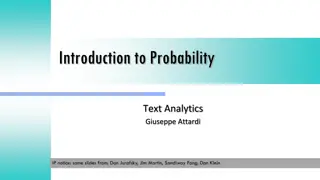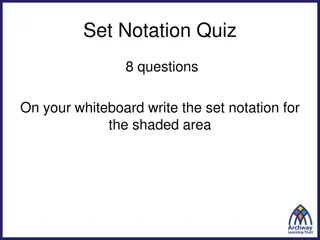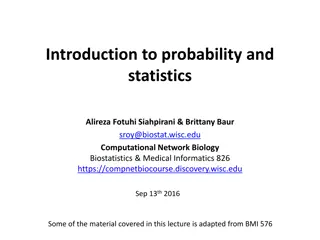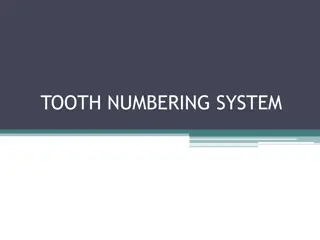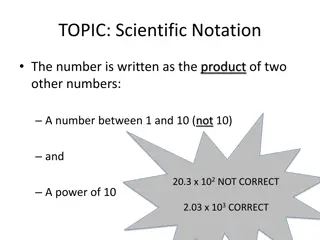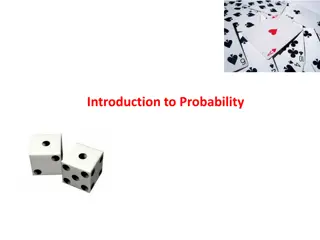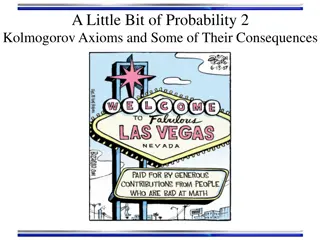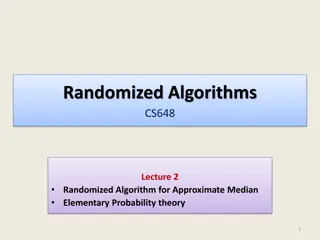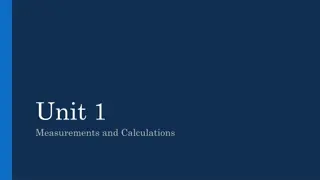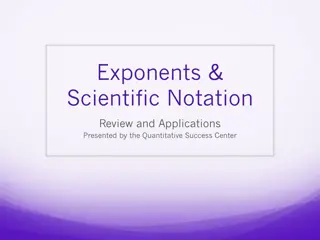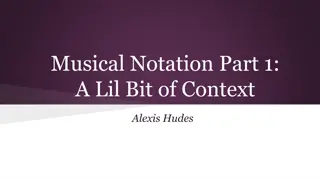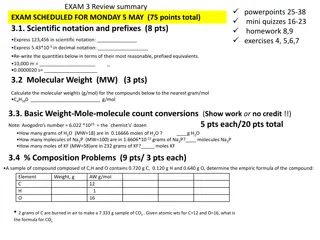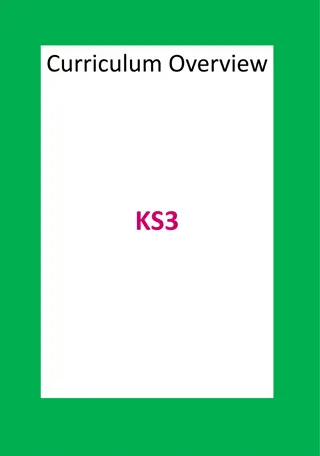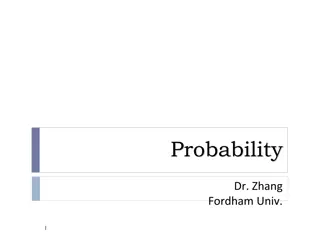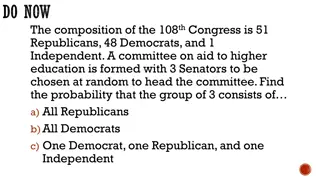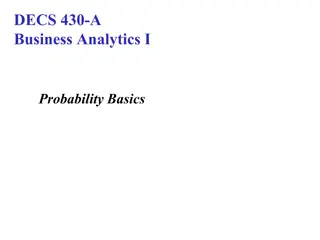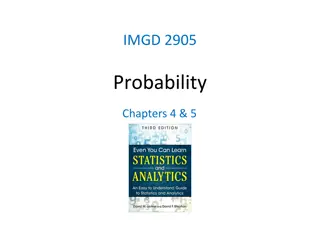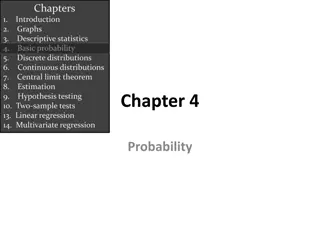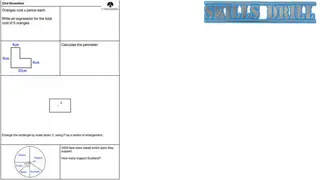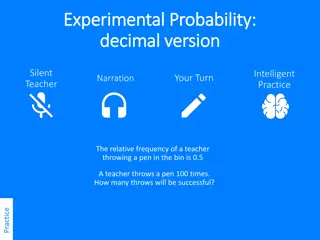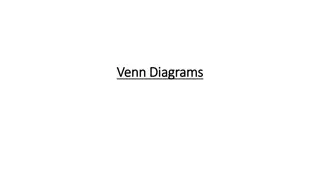Understanding Set Notation and Probability in Visuals
Explore the concepts of vocabulary, set notation, Venn diagrams, probability, experiments, outcomes, sample space, events, unions, intersections, complements, and set notation through visual aids and clear explanations. Learn about subsets, empty sets, and more in this comprehensive resource from Walch Education.
Download Presentation

Please find below an Image/Link to download the presentation.
The content on the website is provided AS IS for your information and personal use only. It may not be sold, licensed, or shared on other websites without obtaining consent from the author. Download presentation by click this link. If you encounter any issues during the download, it is possible that the publisher has removed the file from their server.
E N D
Presentation Transcript
Vocabulary, Set Notation, and Venn Diagrams
Probability A number from 0 to 1 As a percent from 0% to 100% Indicates how likely an event will occur
Experiment Any process or action that has observable results. Example: drawing a card from a deck of cards is an experiment
Outcomes Results from experiments Example: all the cards in the deck are possible outcomes
Sample Space The set (or list) of all possible outcomes. Also known as the universal set Example: listing out all the cards in the deck would be the sample space
Event A subset of an experiment An outcome or set of desired outcomes Example: drawing a single Jack of hearts
Set List or collection of items
Subset List or collection of items all contained within another set Denoted by A B, if all the elements of A are also in B.
Empty Set A set that has NO elements Also called a null set. Denoted by
Union Denoted by To unite Everything in both sets
Intersection Denoted by Only what the sets share in common
Complement Denoted 2 different ways ' A or A Everything OUTSIDE of this set
Set Notation Handout Answer
Hector has entered the following names in the contact list of his new cellphone: Alicia, Brisa, Steve, Don, and Ellis. 1. Draw a venn diagram to represent this. B: The name begins with a vowel. B E Brisa Steve E: The name ends with a vowel. Ellis Alicia Don
Hector has entered the following names in the contact list of his new cellphone: Alicia, Brisa, Steve, Don, and Ellis. 2. List the outcomes of B. B = {Ellis, Alicia} B: The name begins with a vowel. E: The name ends with a vowel.
Hector has entered the following names in the contact list of his new cellphone: Alicia, Brisa, Steve, Don, and Ellis. 3. List the outcomes of E. E = {Alicia, Brisa, Steve} B: The name begins with a vowel. E: The name ends with a vowel.
Hector has entered the following names in the contact list of his new cellphone: Alicia, Brisa, Steve, Don, and Ellis. 4. List the outcomes of B E. B E = {Alicia} B: The name begins with a vowel. E: The name ends with a vowel.
Hector has entered the following names in the contact list of his new cellphone: Alicia, Brisa, Steve, Don, and Ellis. 5. List the outcomes of B E. B E = {Ellis, Alicia, Brisa, Steve} B: The name begins with a vowel. E: The name ends with a vowel.
Hector has entered the following names in the contact list of his new cellphone: Alicia, Brisa, Steve, Don, and Ellis. 6. List the outcomes of B . B = {Brisa, Steve, Don} B: The name begins with a vowel. E: The name ends with a vowel.
Hector has entered the following names in the contact list of his new cellphone: Alicia, Brisa, Steve, Don, and Ellis. 7. List the outcomes of (B E) . (B E) = {Don} B: The name begins with a vowel. E: The name ends with a vowel.
Classwork Worksheet Using Venn Diagrams
HW Worksheet Using Venn Diagrams 24 problems



